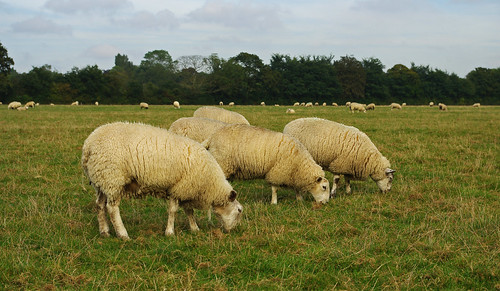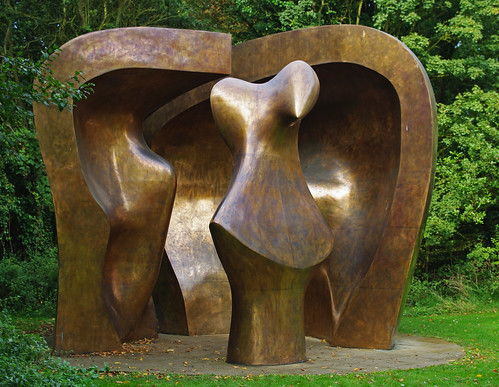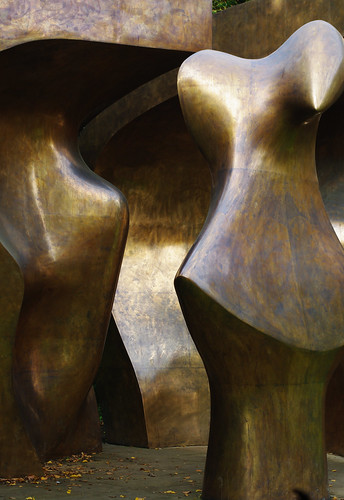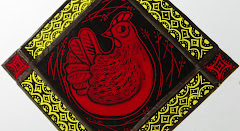Beatrice also raced motorcycles throughout the 1930s (seen here on her Norton) and worked on many other engineering related projects after the War. A pub in Hampshire is named the "Tilly" Shilling in her honour.
Wednesday 17 October 2012
Ada Lovelace Day - Beatrice "Tilly" Shilling
Inspired by my evening at the IET yesterday celebrating Ada Lovelace day (Who was Ada Lovelace?) I enjoyed watching some clever, funny and inspiring women who have science and technology at the heart of their worlds, comedians, robotocist and theramin player, cartoonist and games writer so I wanted to include a brief post about a lady that I was told about many years ago when I made a foray into the engineering world.
 Beatrice "Tilly" Shilling was born in 1909 in Hampshire and after studying Electrical Engineering and achieving and MSC in Mechanical engineering was employed by the Royal Aircraft establishment. There are many useful references and blog and posts about her if you google her name but her main claim to fame was in producing a solution that helped to resolve some of the engine flooding and consequent cut out problems with the carburetors in Rolls Royce Merlin engines. The issue caused the planes to stall when in combat situations and since the engines were used in early versions of fighter planes such as the Spitfire and Hurricane during World War 2, pilots were keen to have the problem resolved.
Beatrice "Tilly" Shilling was born in 1909 in Hampshire and after studying Electrical Engineering and achieving and MSC in Mechanical engineering was employed by the Royal Aircraft establishment. There are many useful references and blog and posts about her if you google her name but her main claim to fame was in producing a solution that helped to resolve some of the engine flooding and consequent cut out problems with the carburetors in Rolls Royce Merlin engines. The issue caused the planes to stall when in combat situations and since the engines were used in early versions of fighter planes such as the Spitfire and Hurricane during World War 2, pilots were keen to have the problem resolved.
Beatrice also raced motorcycles throughout the 1930s (seen here on her Norton) and worked on many other engineering related projects after the War. A pub in Hampshire is named the "Tilly" Shilling in her honour.
Beatrice also raced motorcycles throughout the 1930s (seen here on her Norton) and worked on many other engineering related projects after the War. A pub in Hampshire is named the "Tilly" Shilling in her honour.
Sunday 7 October 2012
Henry Moore Foundation at Perry Green (Not too far from Watford)
IMGP0433_HMoore, originally uploaded by Ajay Jayne.
Today we have spent a wonderful day with friends enjoying the October skies, seeing the sheep and being impressed by the beautiful home and land where the sculptor Henry Moore lived.
There are barns filled with the moquettes, hundreds of little models that were used like sketches to explore his ideas - along with skulls, bones, stones and items collected to inspire and guide his work. Anyone interested in taking a trip there, go to http://www.henry-moore.org/pg to find out a bit more, although I would say that it will be closed from the end of October until next year.
Sheep feature quite highly in some of his sketches and ideas and it was great to get to see the "sheep sculpture" out in the field behind the barns. At first look it may not look like two sheep, but is based on how the creatures stand together and sometimes relate to one another. What I really liked is that the sheep in the field can walk through and rub against the sculptures, so you get to see a shiny bronze line around the sculpture where this happens.
I think that this large bronze was one of my favourites, although the incredible hand woven tapestries, interpretations of some of his charcoal, wax resist and ink sketches and designs that took two people around 9 months each to make (and could not be photographed) were also pretty memorable.
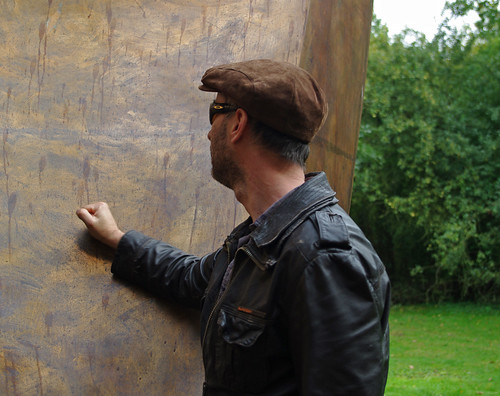 |
| Rob testing the acoustics |
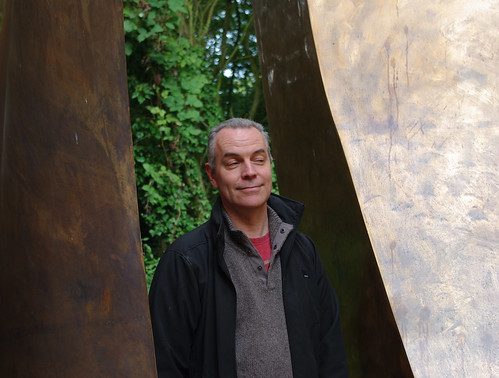 |
Subscribe to:
Posts (Atom)



